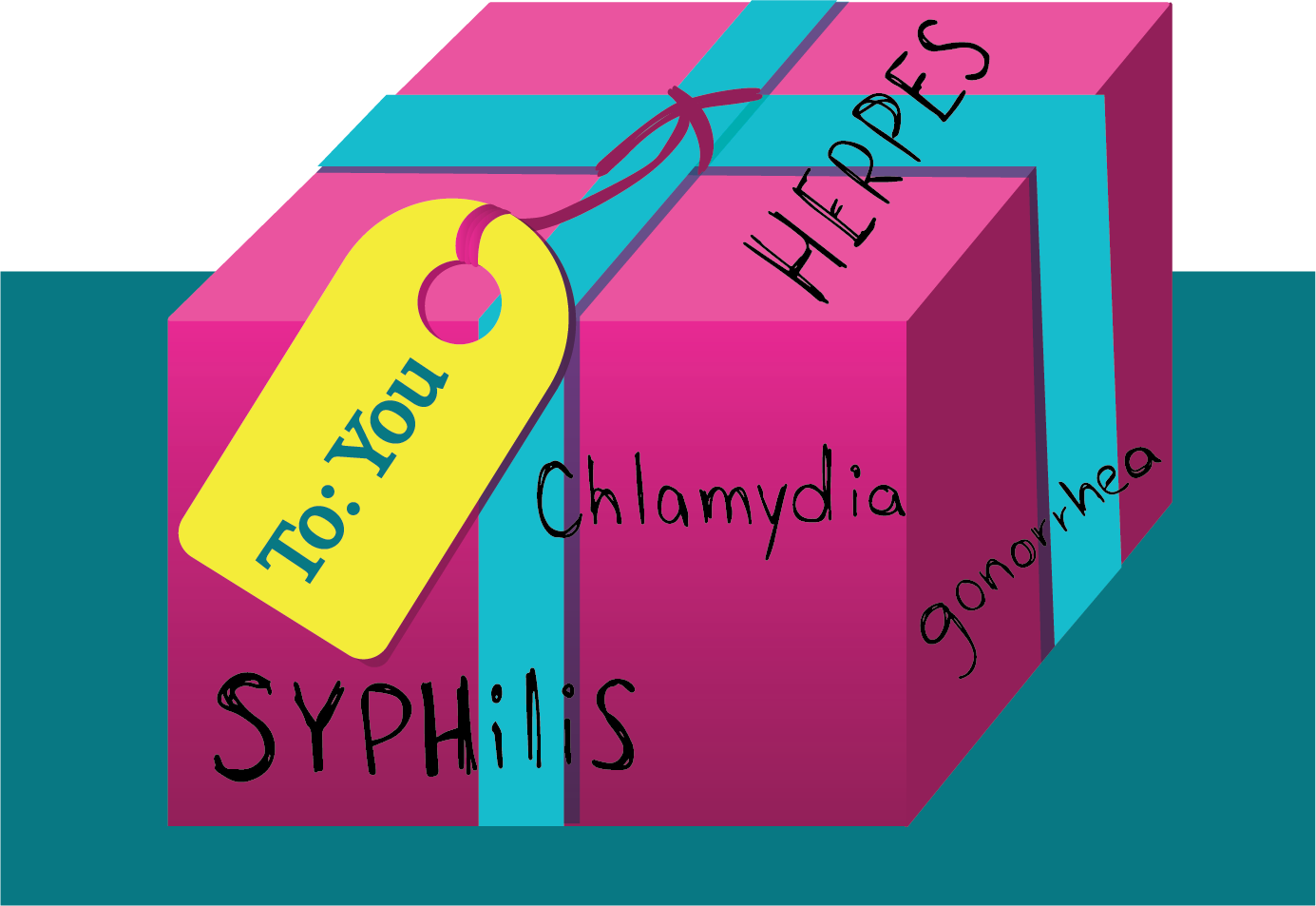On my 18th birthday, I was diagnosed with genital herpes. Shame could not scratch the surface of what I felt as I left my gynecologist’s office, a million thoughts racing through my mind. Who had given it to me? Had I given it to anyone else? The only thing I could be sure of was that I was tainted—officially a real adult with a real disease.
Carefully folded in my hand with the title hidden was a Herpes Handbook. I had seen similar pamphlets lining the walls for years, but I had never once thought I’d be taking one home. The little voice in my head was in a state of panic and confusion. I wasn’t the kind of girl who got a Sexually Transmitted Disease, I assured myself. I quieted my mind and tried to focus on reading the brochure that I believed would dictate the rest of my sex life. For the next 24 hours, I dedicated the entire text to memory and scoured the internet for everything I could learn about my newly acquired STD. In doing this, the shame I had originally felt was lifted. My misconceptions about herpes were banished, and I realized how deeply I had felt the weight of the stigma, not the disease.
There are two strains of herpes: herpes simplex virus 1 (HSV-1) and herpes simplex virus 2 (HSV-2). Oral herpes, traditionally pegged as the harmless cold sore, is most commonly caused by HSV-1 and “affects 50 to 80 percent of U.S. adults” according to Hopkins Medicine.
HSV-2, on the other hand, predominantly affects the genital area in the form of genital herpes. You might recognize it from being graphically and incorrectly depicted in your high school sex-ed class. Despite common misconceptions, it can be transmitted regardless of the use of preventative barriers.
The Centers for Disease Control and Prevention “estimate that, annually, 776,000 people in the United States get new herpes infections and nationwide, 15.7 percent of persons aged 14 to 49 years have HSV-2 infection.”
Although genital herpes is one of the most common STDs, it fails to be included in frequently administered STD tests available at most hospitals and reproductive clinics.
Both HSV-1 and HSV-2 have no serious, long term bodily effects, and outbreaks are easily suppressible with medication. Additionally, with the use of barriers or suppressive medication, the risk of transmission can be lowered up to 50 percent.
For comparison’s sake, according to Herpes Opportunity, “there is a 2 to 15 percent chance of unintended pregnancy with condoms and a 1.81 percent chance of dying in a car accident over your lifetime.”
It is extremely ironic how the symptoms of oral and genital herpes are nearly identical, but the stigma solely surrounds those in the genital region. We must educate ourselves before we speak out against an STD we might know nothing about. We must recognize its commonality and how little harm it causes to the body. Most importantly, we must understand that STDs are not necessarily a result of bad decisions, but merely of being sexually active.
I suggest that if you’ve been diagnosed with herpes, own and advocate for your disease. The less taboo herpes becomes, the more power there will be to break the stigma.








You are truly an inspiration to us all! Thank you for being so brave and for sharing your story!!
Truly, it’s really dangerous if you have plenty of sexual partners and you son’t love to take protections. Trying to prevent from herpes even it’s common. – MPWH Community
my 16 year old daughter, Jane, was diagnosed of herpes 3 years ago. ever since then,we have been going from one hospital to the other. she have also tried all sorts of pills but all efforts to get rid of the virus was not successful.i started combing the web to sought for any other means of saving my daughter.just then,i came across a comment on Dr MACK’s herbal treatment and decided to give it a try.he prepared the herbs and sent it to us.my daughter used it as directed and not up to two weeks,my daughter regained her health..don’t let doubt and ignorance not let you get the cure you need,contact him on his email ; herpestreatmentdoctor@gmail. com
You can also call him, Thank you Dr MACK. Be kind enough to share as you received,,,